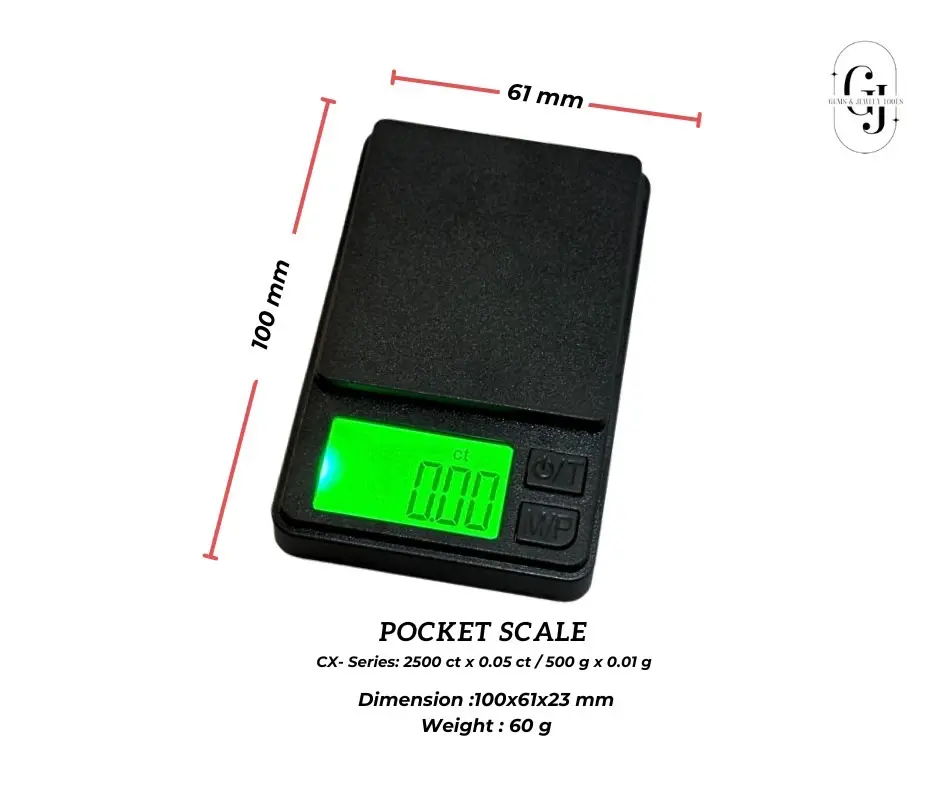Hematoxylin Powder: Premium Biological Stain for Histology and Cytology Applications, CAS: 517-28-2
Catalog Number: ASC-1032
Introduction
Unlock the intricate world of cellular structures with our high-quality Hematoxylin Powder. Renowned as a fundamental stain in histology and cytology, hematoxylin provides exceptional contrast and clarity, essential for microscopic examinations. Ideal for medical laboratories, research institutions, and educational facilities, our hematoxylin powder ensures consistent, reliable results across various staining protocols.
Key Features
Superior Quality: Produced under stringent quality control measures to guarantee purity and consistency.
High Affinity for Nuclei: Exhibits strong binding to nuclear components, delivering sharp, clear staining results.
Versatile Application: Suitable for a range of staining techniques, including Harris, Mayer's, and Gill's hematoxylin formulations.
Excellent Solubility: Easily dissolves to form stable staining solutions, ensuring uniform application.
Batch-to-Batch Consistency: Ensures reproducible outcomes across different experiments and applications.
Chemical Information
Chemical Name: Hematoxylin
Chemical Formula: C₁₆H₁₄O₆ · xH2O
Molecular Weight: 302.28 g/mol
CAS Number: 517-28-2
Appearance: Yellowish to light brown crystalline powder
Solubility: Soluble in alcohol and alkaline solutions; slightly soluble in water
Applications
1. Histology
Routine Tissue Staining (H&E Staining): Integral in Hematoxylin and Eosin staining, providing detailed visualization of tissue morphology for diagnostic pathology.
Nuclear Visualization: Offers precise staining of cell nuclei, aiding in the differentiation of cellular components.
Special Staining Techniques: Used in advanced histological methods like Verhoeff’s Elastic Stain and Masson's Trichrome.
2. Cytology
Cell Smear Analysis: Essential for staining cytological specimens, such as Pap smears, enhancing the detection of cellular abnormalities.
Research Applications: Facilitates studies in cell biology, allowing researchers to observe nuclear details and cell cycle changes.
3. Education and Training
Teaching Tool: Widely used in academic settings to demonstrate staining techniques and microscopic examination of tissues.
Demonstrations: Ideal for workshops and seminars focusing on histopathological methods.
Advantages
Enhanced Contrast: Provides excellent differentiation between nuclei and cytoplasm when used with appropriate counterstains.
Stability: Long shelf-life when stored properly, ensuring sustained efficacy.
Cost-Effective: Economical choice without compromising on quality, suitable for both large laboratories and smaller facilities.
Preparation Guidelines
Solution Preparation
Dissolving the Powder:
Weigh the required amount of hematoxylin powder according to your protocol.
Dissolve in a suitable solvent, typically ethyl alcohol or distilled water.
Oxidation (Ripening):
Hematoxylin must be oxidized to hematein to become an active staining agent.
Natural Ripening: Allow the solution to age naturally over time.
Chemical Oxidation: Accelerate the process using oxidizing agents like sodium iodate.
Mordant Addition:
Incorporate a mordant, such as ammonium or potassium aluminum sulfate (alum), to enhance staining intensity and specificity.
pH Adjustment:
Adjust the pH of the solution to optimize staining quality, often achieved by adding acetic acid.
Storage of Solutions
Store prepared hematoxylin solutions in dark, airtight containers at room temperature.
Label containers with preparation and expiration dates for quality control.
For Laboratory Use Only
Hematoxylin Powder, CAS: 517-28-2
Cat. Number ASC-1032 CAS Number 517-28-2 MDL Number MFCD00078111 PubChem 310274419 Molecular Weight (anhydrous) 302.29 gr/mol Molecular Formula C16H14O6 · xH2O Storage Temperature +20°C Form and Color Powder, Light-Yellow to Brown or Beige Solubility (0.1% in ethanol) Clear to slightly turbid, yellow, orange or brown solution Wavelength of Maximum Absorption 517 – 525 nm Absorption Ratio (λmax ± 15nm) 0.9 – 1.1 Loss on Drying ≤ 7% Purity (HPLC) ≥ 95%




![Tricine, N-[Tris(hydroxymethyl)methyl]glycine – High-Purity Buffering Agent](https://static.wixstatic.com/media/83e903_92aedb8de5654cfcb1d432035ead7fd5~mv2.jpg/v1/fill/w_980,h_691,al_c,q_85,usm_0.66_1.00_0.01,enc_avif,quality_auto/83e903_92aedb8de5654cfcb1d432035ead7fd5~mv2.jpg)
















